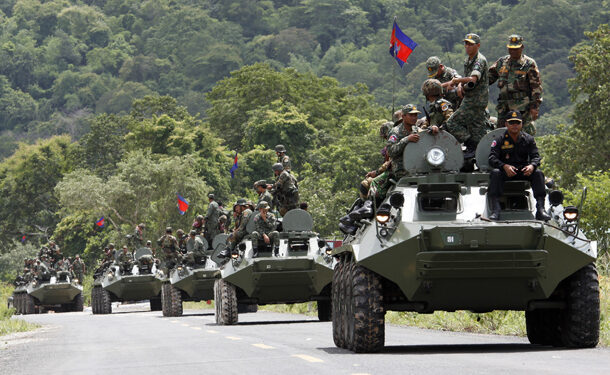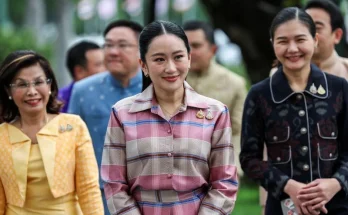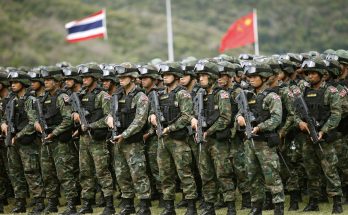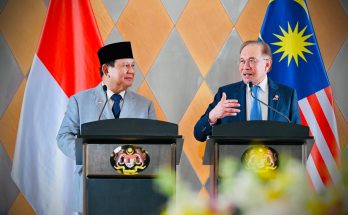BANDUNG, SEATIZENS – Tensions in Southeast Asia have increased once more, just one day after the ASEAN Summit in Kuala Lumpur called for regional peace and stability. On Wednesday, May 28, 2025, Thai and Cambodian forces clashed in their disputed border area. This incident raises fears of renewed conflict in the region and highlights the fragile peace in one of Southeast Asia’s most volatile zones
Military sources from both countries reported that gunfire erupted around 2:30 p.m. local time near Preah Vihear. This region has long been a hotspot for border disputes. Its rugged terrain and complex history have led to recurring clashes over the years.
Since the International Court of Justice awarded sovereignty of the temple and surrounding territory to Cambodia in 1962, the area has remained contentious. The recent incident marks a significant escalation and raises fears of broader conflict.
Official Reactions and Statements
Thailand’s Defense Ministry spokesperson, Colonel Somsak Tantrakul, urged restraint. He said, “We have instructed our troops to stay alert and avoid provocations. Our goal is to de-escalate the situation and prevent further violence.”

Cambodia’s Interior Minister, Sar Kheng, responded by stating that Cambodian forces had fired in response to what they saw as a violation of the demilitarized zone (DMZ). “This is a serious breach of the bilateral agreements,” he emphasized. Both sides have yet to report casualties or injuries, but nearby villages are evacuating civilians to ensure their safety.
ASEAN quickly issued an emergency statement, calling for calm and peaceful resolution through dialogue. Secretary-General Kao Kim Hourn expressed concern about the incident. He urged both Thailand and Cambodia to exercise restraint and engage in immediate talks mediated by neutral third parties.
Indonesia, an active ASEAN member, also spoke out. During a press conference in Jakarta, Foreign Minister Retno Marsudi said, “We believe all disputes can be resolved through dialogue and international law. Violence only worsens regional instability.”
Historical Context and Ongoing Tensions
The Preah Vihear region has long been a source of conflict. Both countries claim the territory, leading to sporadic clashes, especially between 2008 and 2011. Despite international rulings and negotiations, the border remains unresolved. These unresolved issues and historical grievances continue to fuel tensions.
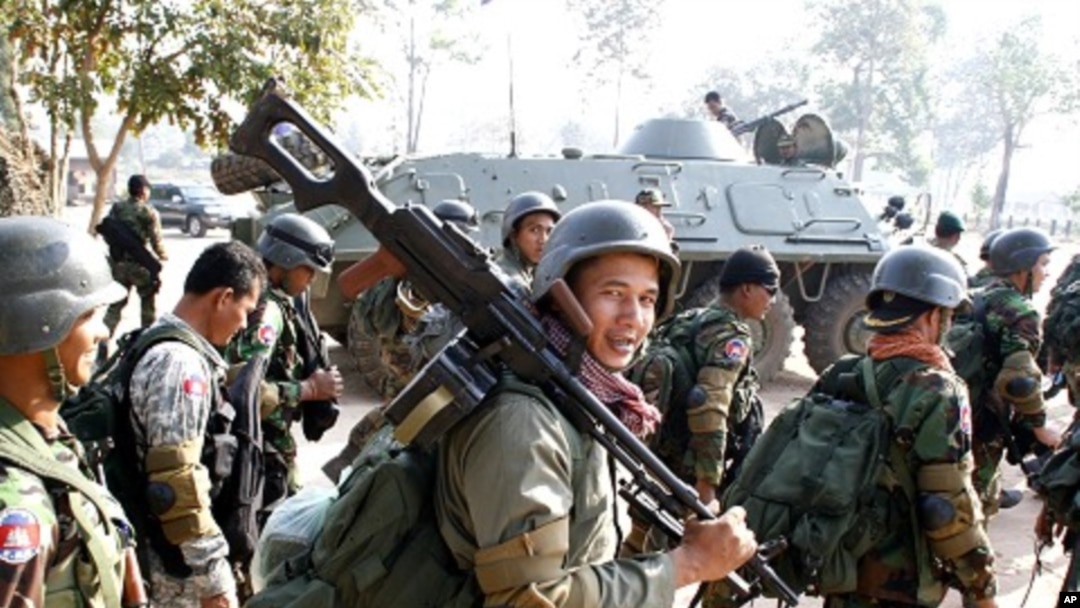
The recent clash serves as a reminder of the region’s ongoing fragility. Many experts see it as a call for renewed diplomatic efforts and confidence-building measures.
Both military and diplomatic teams closely monitor the situation. Regional and international actors actively work to reduce tensions and restore stability. Leaders from Thailand and Cambodia have promised to pursue peaceful solutions. ASEAN mediators are now playing a vital role in negotiations.
Read also : Glacier Collapse Devastates Swiss Alps Village, Leaving One Missing and Many Homeless
Both countries emphasize their commitment to peace. However, the incident highlights the need for concrete border agreements. The international community urges continued dialogue to prevent future violence.
Looking Ahead
The violence at Preah Vihear reminds everyone of the ongoing challenges in Southeast Asia’s border regions. Both Thailand and Cambodia want peace, but historical disputes complicate efforts.
Diplomatic efforts are expected to intensify. Regional stakeholders stress the importance of patience and dialogue. They hope that through ongoing negotiations and respecting international laws, the two nations can resolve their conflicts. This approach will help bring stability and security to Southeast Asia’s border areas.
(Firyal Trinidad)

